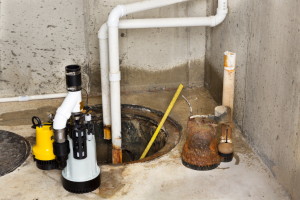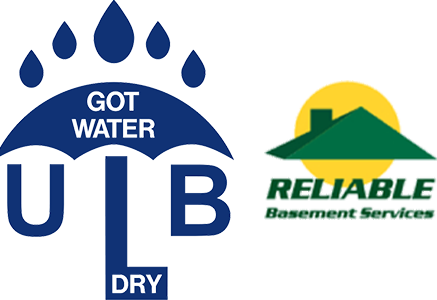
Because they exist underground, and because the ground is perpetually filled with water, basements are constantly vulnerable to moisture. Fortunately, there are ways to neutralize this vulnerability. All you need to do is implement some basement waterproofing entities.
While there are all kinds of basement waterproofing entities you can utilize, the most prominent are sump pumps. Looking to learn a little more about the importance of sump pumps? This Palatine basement waterproofing company has you covered.
The History of the Sump Pump
The sump pump saw its invention in 1946. In this year, Karl Neidermeyer devised the sump pump while working for his father on a water shipping dock. He became intrigued by the use of pumps as a means of pulling boats ashore, so he began experimenting with them himself.
Not long after, he created the sump pump, realizing it could be used to control groundwater levels. Soon enough, Neidermeyer’s invention would start showing up in basements throughout the United States. Though they were originally quite basic, they would increase in efficiency and functionality as the decades passed.
These days, the sump pump is used in basements all over the world. If you’re looking to waterproof your basement, there’s no entity more important than the sump pump.
What Does the Sump Pump Do?
In short, the sump pump is responsible for preventing flooding during rainstorms. Positioned in a basement’s sump basin, it begins pumping out water as soon as it’s detected.
There are two types of sump pumps: submersible sump pumps and pedestal sump pumps. Whereas pedestal sump pumps are positioned over sump basins, submersible sump pumps are literally submerged in sump basins. Though both can be effective, submersible sump pumps are generally the most desired.
Note, however, that submersible sump pumps aren’t an option for all sump basins. In some cases, the basin is too small to accommodate a submersible pump. In these cases, a pedestal pump can be used instead.
Sump Pump Options
There are two general sump pump options: primary sump pumps, and backup sump pumps. We’ll discuss the specifics of each below.
Primary Sump Pump
The primary sump pump is the first line of defense. Powered by its corresponding home’s electrical system, it runs at all hours of the day, gauging sump basin water levels and operating once those levels have reached a certain height.
Unfortunately, in the event that their corresponding homes lose electricity, primary sump pumps lose their efficacy. As such, they’re not always reliable during severe storms.
Backup Sump Pump
Backup sump pumps perform the same function as primary sump pumps. However, whereas primary sump pumps are powered by their corresponding homes’ electrical systems, backup sump pumps are powered by batteries or generators.
The reason for this? It allows them to perform in the event of a power outage. When the power goes out, the backup sump pump will turn on and resume the activities of the primary sump pump.
While not every basement owner has a backup sump pump, they are strongly recommended. After all, it’s not unusual for the electricity to go out during a heavy rainstorm. A backup sump pump could very well end up preventing a flood.
In Need of a Palatine Basement Waterproofing Company?
Are you interested in installing a sump pump in your basement? In need of a Palatine basement waterproofing company? If so, ULB-DRY Waterproofing has you covered.
Our team has installed sump pumps in countless basements throughout the Palatine area, helping to protect them from flooding and water damage. We would be happy to install one in yours as well.
Contact us today to get the process started!





